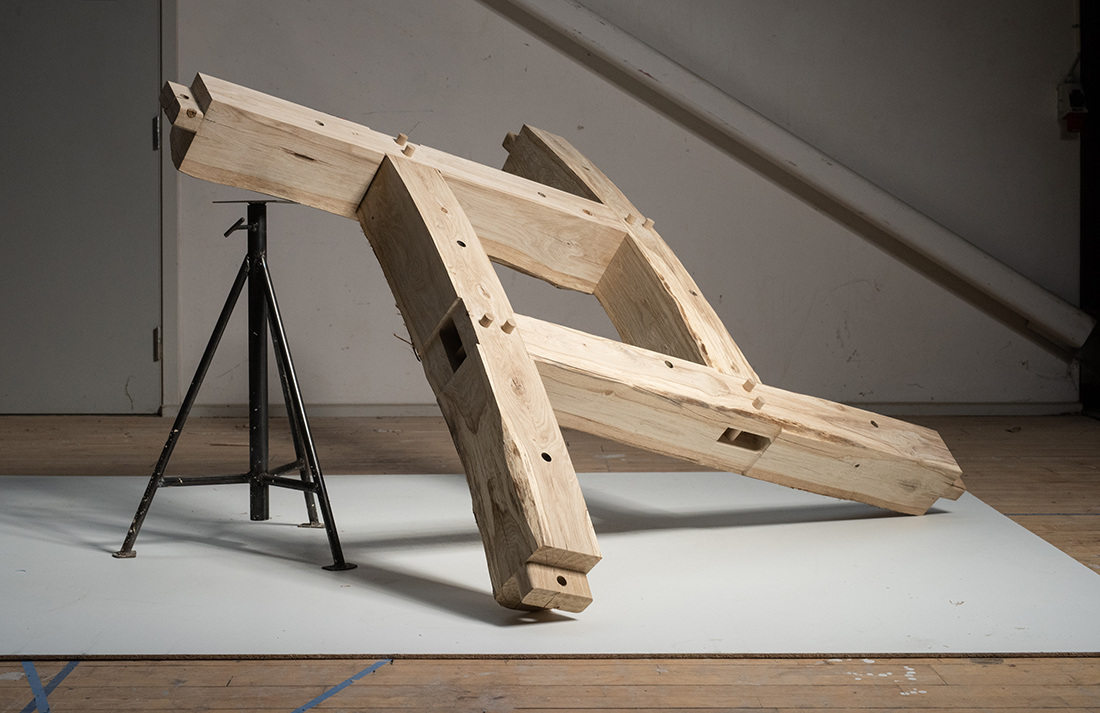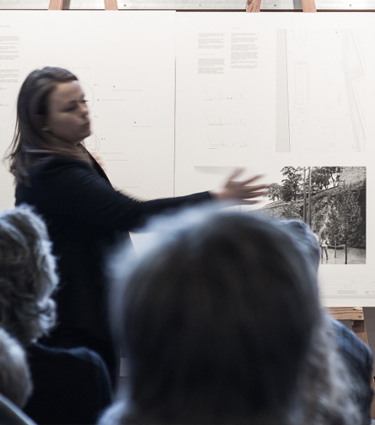In the fall of 2019, the Danish government set aside DKK 1.5 billion for green research from the so-called research reserve. Aarhus School of Architecture has allocated two million of these funds to pilot projects that can further the green transition. At Aarhus School of Architecture, five research projects have been chosen to receive this funding. This project is one of the five selected projects.
Wood as a building material has a great potential to counteract climate changes and declining biodiversity. Today, reforestation after logging is done by means of controlled plantation forestry. However, research shows that plantation forestry affects biodiversity and that current timber production practices often degrade forests. Forestry based more on the premises of nature involving a mix of species and free-growing trees would lead to greater variation in the shapes of trees. This project precisely deals with how we can use irregular tree trunks in architecture. And it consequently points towards future construction methods that have a positive impact on climate and promotes biodiversity. The project precisely demonstrates how the irregularity of the materials can be actively employed in designing architecture.
The realization of the project is based on a method in which irregular tree trunks are scanned and processed by means of robotics. A series of tailor-made algorithms are employed to build a database of the geometry of the tree trunks. This is used to distribute material in the construction and for creating the instructions used, in the robotic cell, to manufacture each building component.
External partners
- Frilandsmuseet Hjerl Hede
- Geometrica Architecture OY, Finland
- AU Institut for Ingeniørvidenskab
The research project is connected to Research Lab 2.
CONTACT
Related
YOU MAY ALSO BE INTERESTED IN






